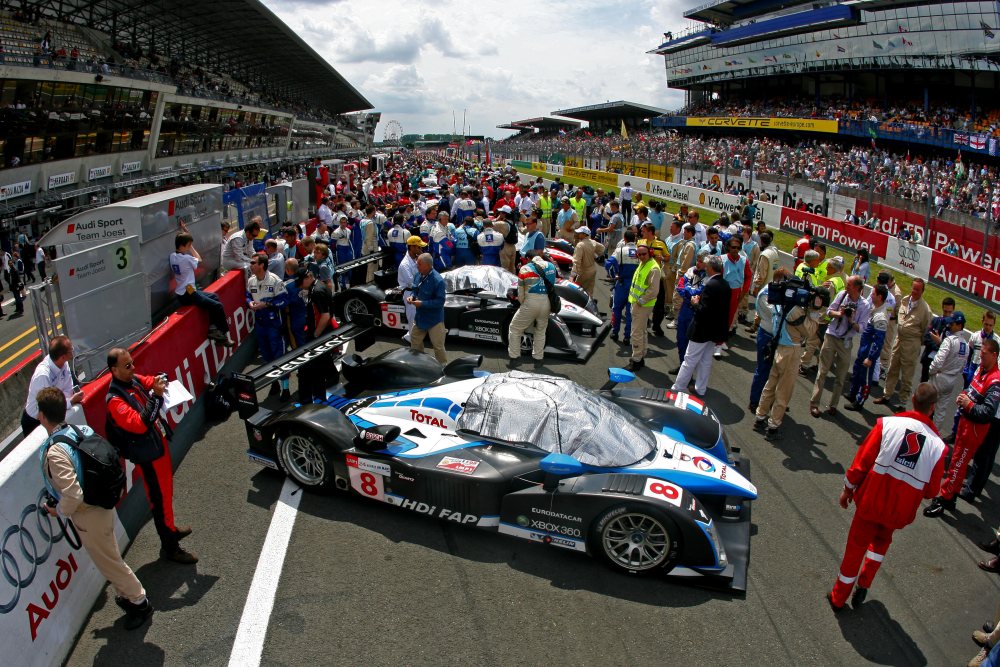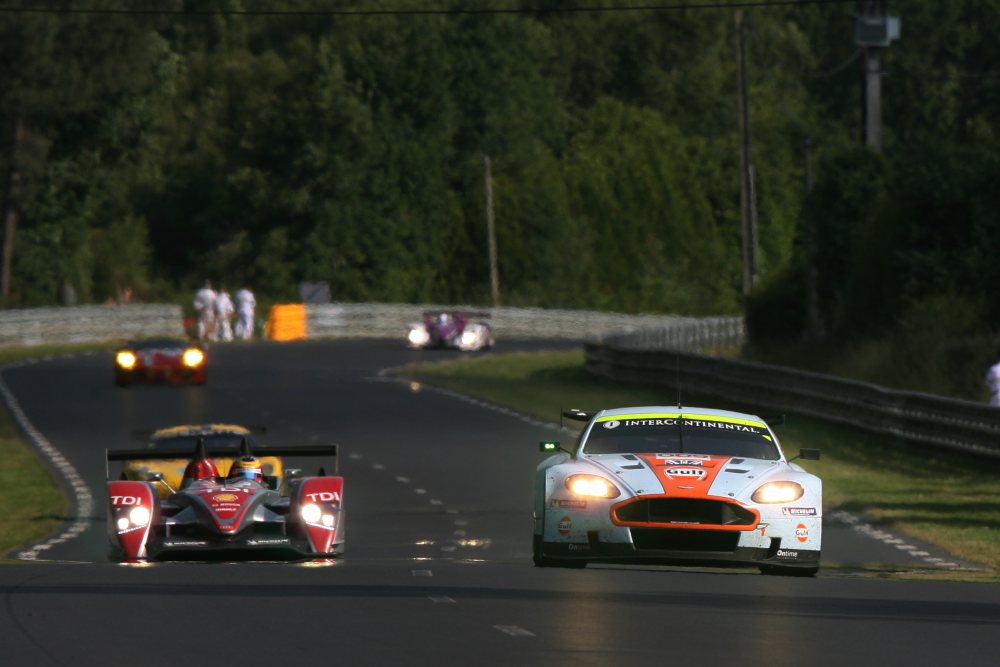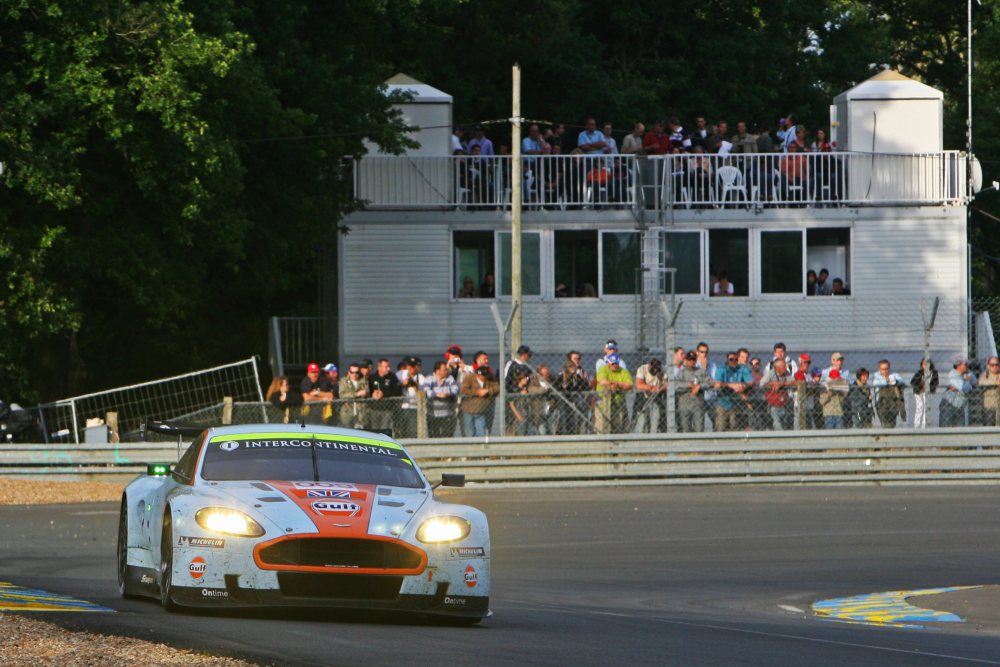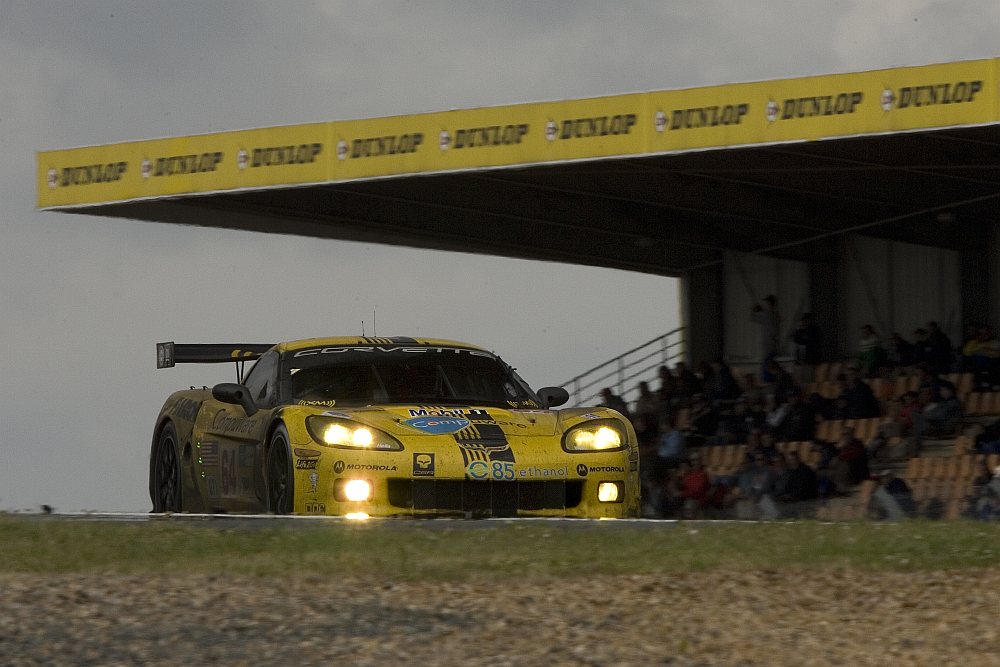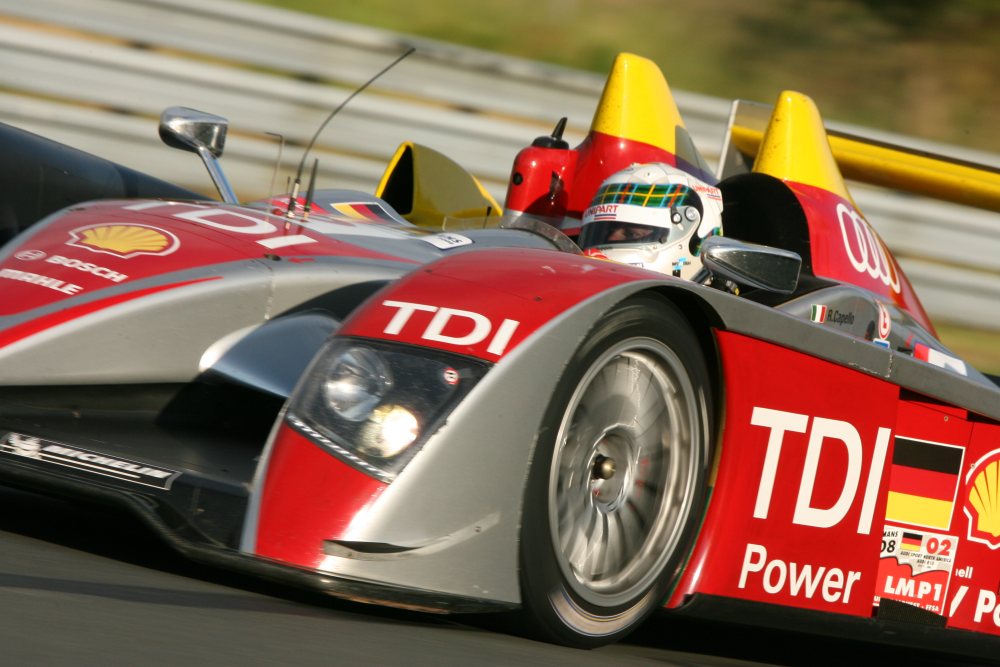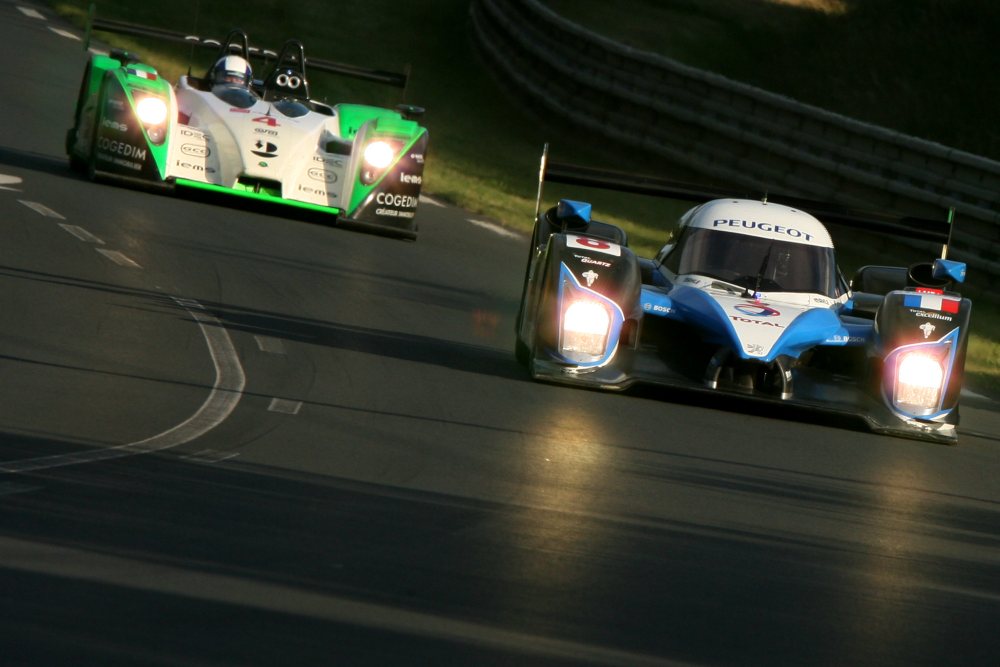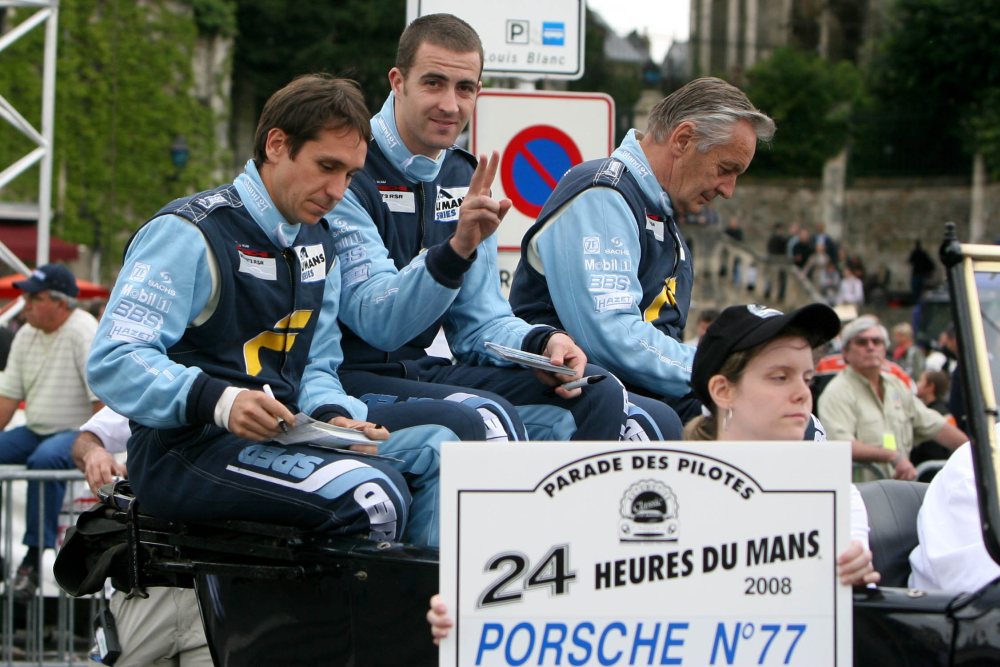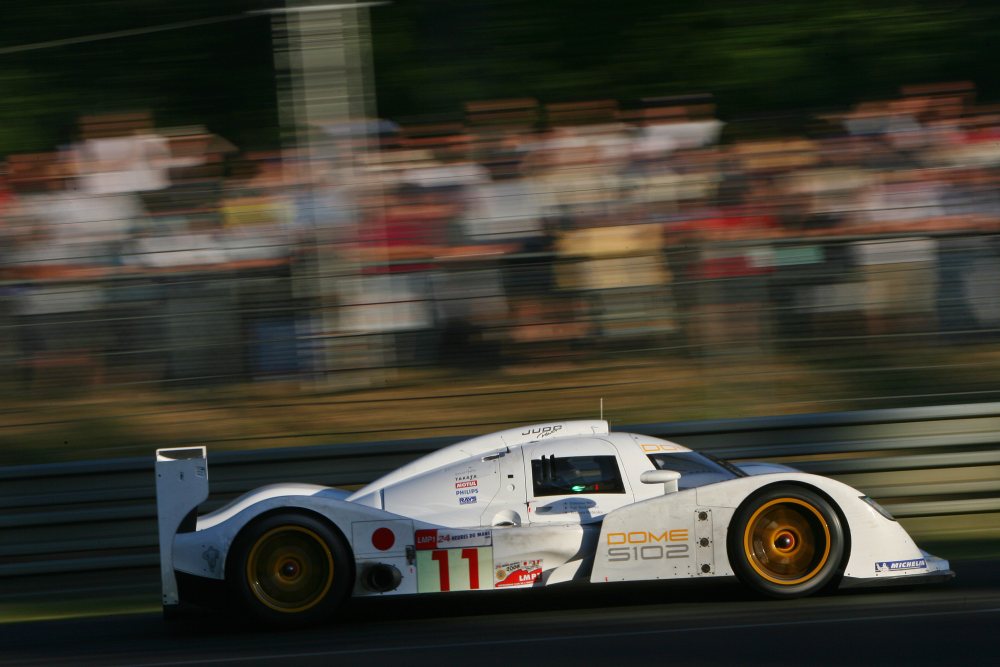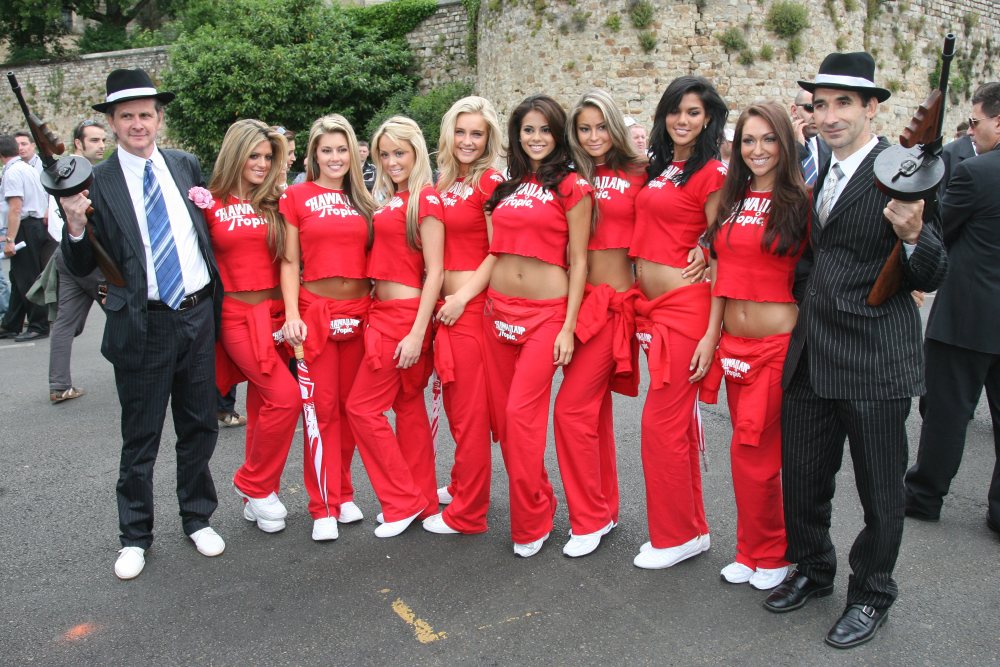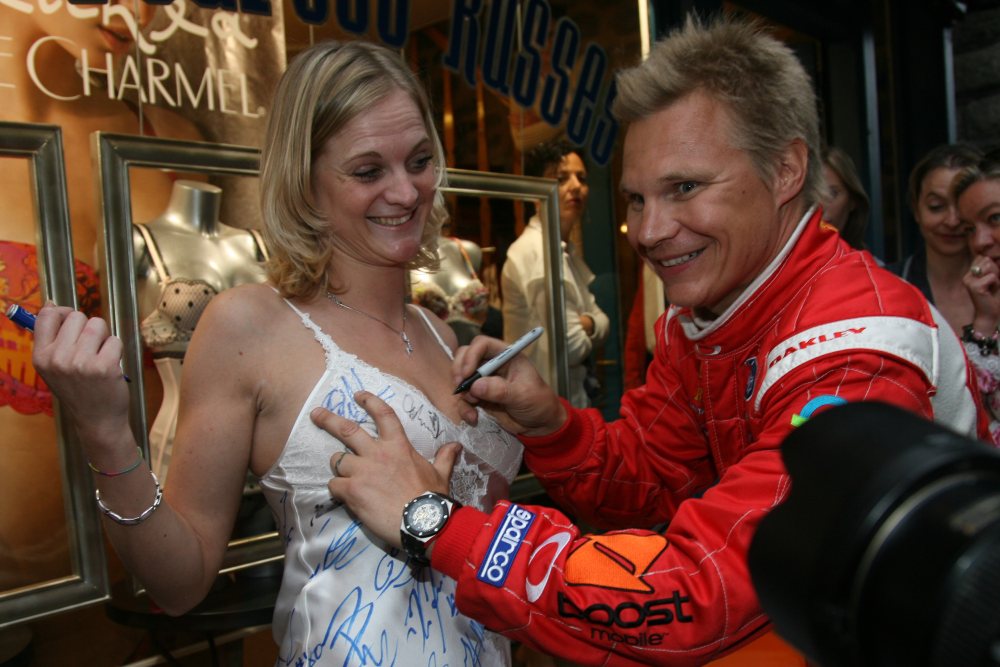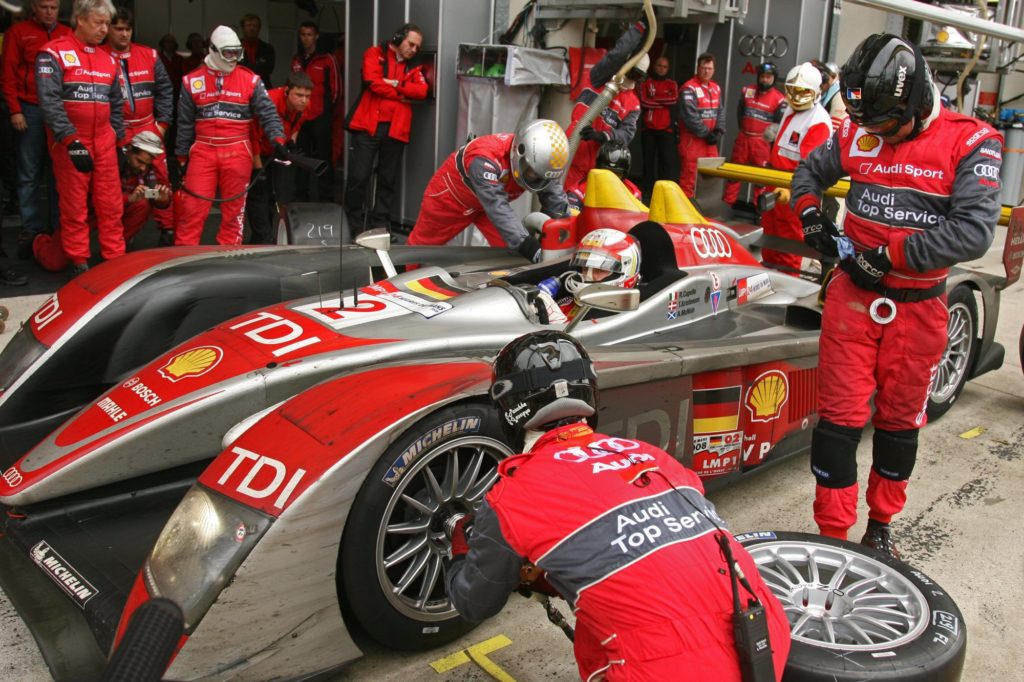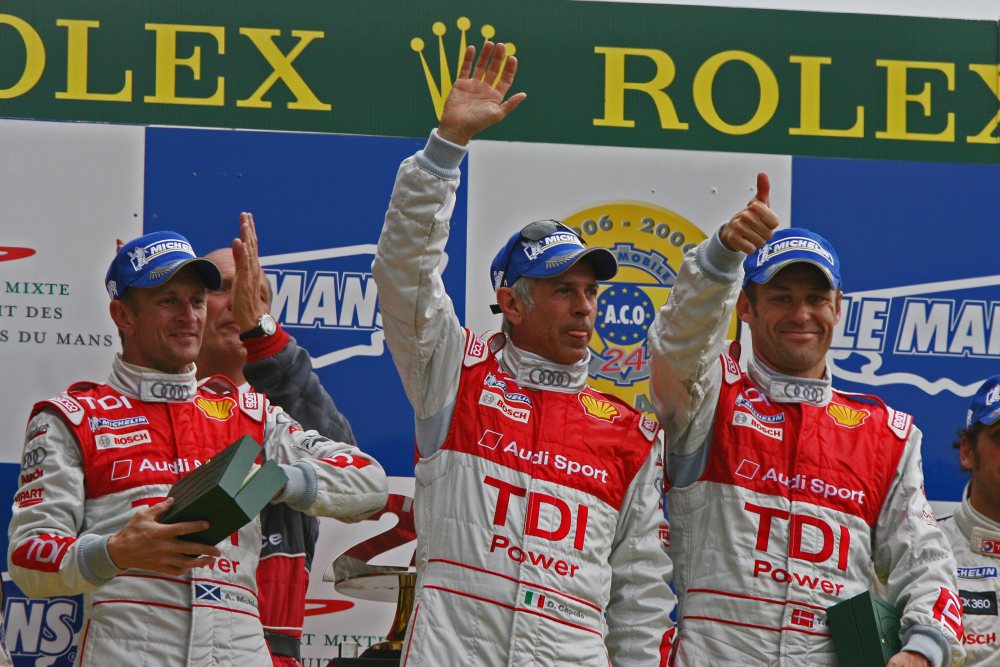The Le Mans 24hr Experience
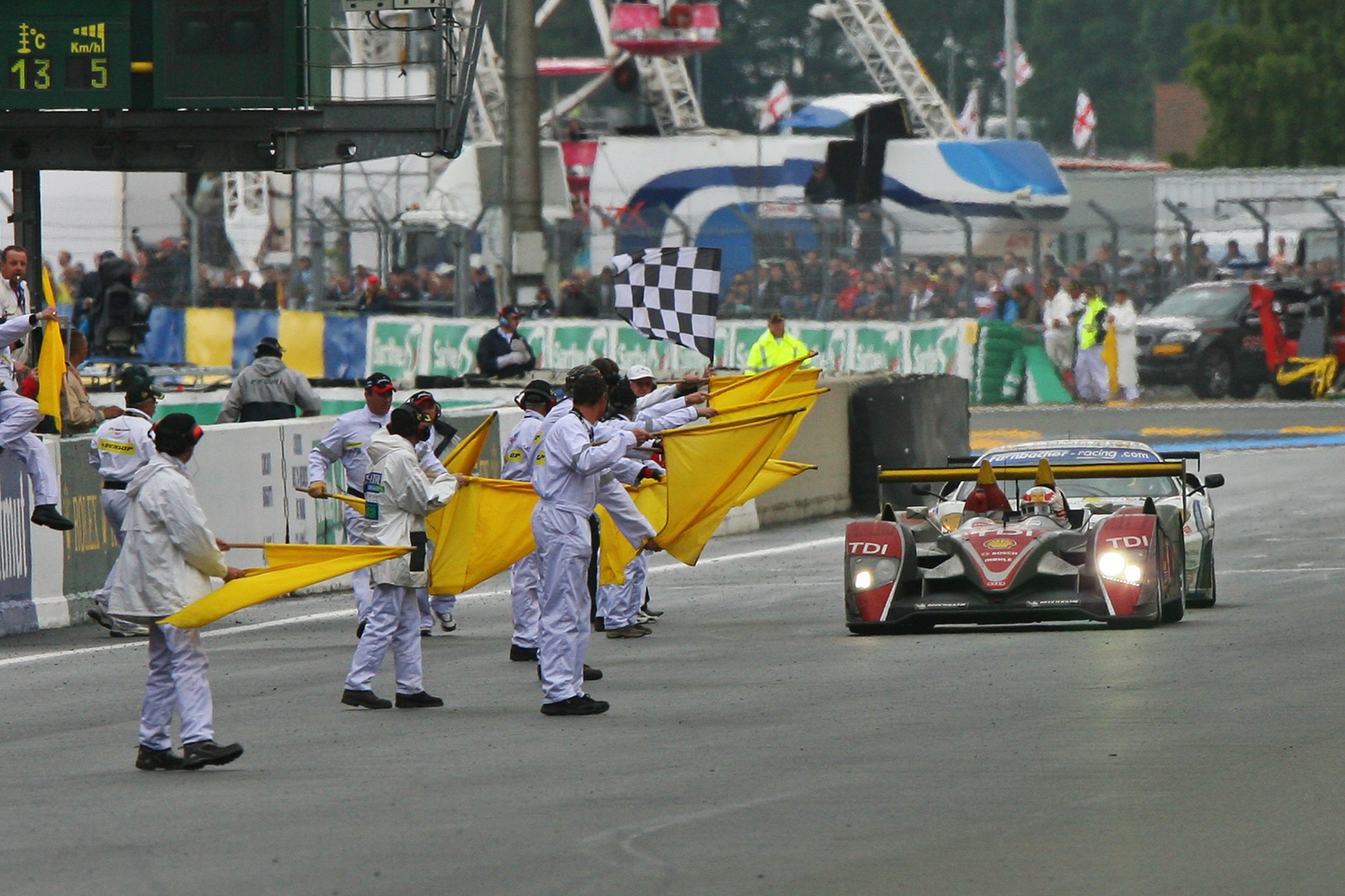
As the Supercars head to Darwin to contest the Triple Crown, we would also normally be turning our attention to the final leg of the global Triple Crown, the Le Mans 24 Hour. Traditionally held in mid-June, the event has been pushed out again to a late Northern Hemisphere summer date of August 21–22.
What makes the Le Mans race so special is, apart from the fact it is the greatest Sportscar race in the world, that it forms part of this mystical creation of the, unofficial, Triple Crown of Motorsport. The Monaco F1 Grand Prix, the Indianapolis 500, and Le Mans 24. A bit different to Darwin.
Amazingly Graham Hill is the only driver to have completed the Triple Crown. Nineteen drivers in motorsports history have competed in all three legs of the Triple Crown and have won at least one of the events. Juan Pablo Montoya and Fernando Alonso are the only active drivers to have won two of the three events. Other notable two-leg winners are F1 stars Jochen Rindt and Bruce McLaren, plus USA legend Mario Andretti.
What makes these races special is the history, the venues, and the enormity of the events themselves. The Race Torque team have been lucky to visit the venues over the years, but like nearly everyone who has tried, we have not ticked them all off…. yet.
Dale Rodgers recounts his journey to the 2008 Le Mans 24 Hour.
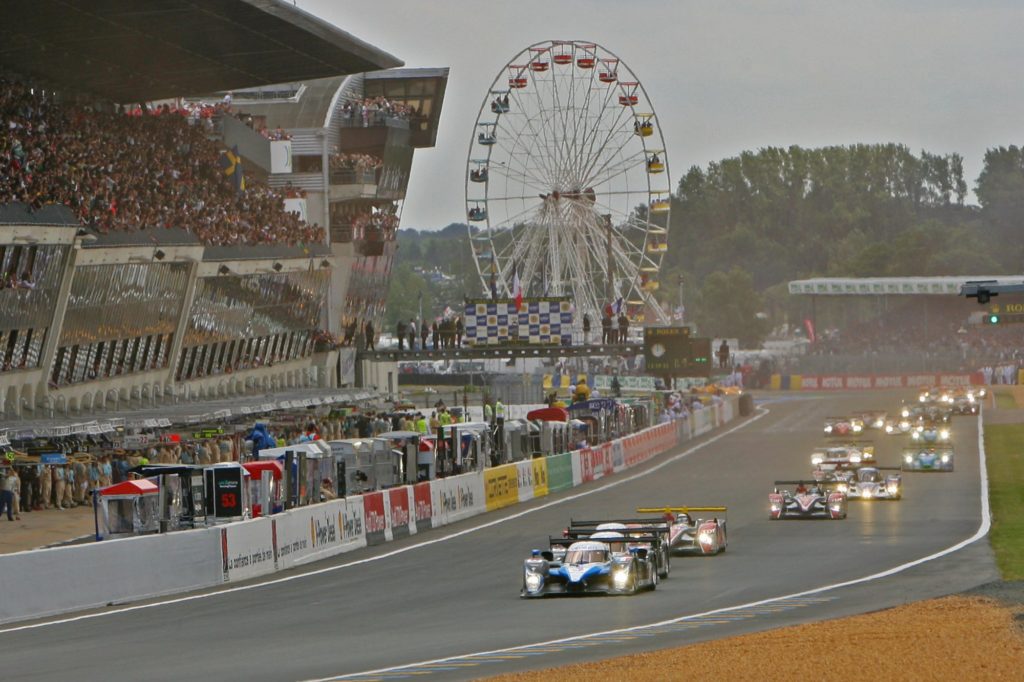
Iconic. Let’s face it, you could picture yourself here… ALL PICS: Andrew Hall
On the Bus & Fighting Pissed Locals
Like most in this industry, we are fans at heart. I decided to visit Le Mans for several reasons rather than the other two classics. A Sports Car tragic having been totally sold working as a photographer at the ill-fated World Sports Car Championship rounds in 1984 and 1988 at Sandown. Le Mans was a logical extension. From an F1 perspective, I had been fortunate to work at all the Adelaide GP’s plus visited events in Malaysia and Europe and had seen Indy Cars on the Gold Coast and on the streets of Toronto. The Indy 500 did come a close second, however! But Le Mans it was in 2008.
I contacted my great mate and legendary photographer Andrew Hall about media access but had left my run too late as they had closed. ‘Skippy’ was there for one of his many farewell tours and has kindly delved into the archives for the superb images that accompany this story.
So, what the hell. I will go as a spectator and just enjoy the event. Around March 2008, another great friend, Richard Davison and I were chatting and unbeknown to either of us, he too was planning to go. Eldest son Alex was driving in the factory assisted Team Felbermayr-Proton Porsche 911 GT3 RSR, so it made sense. We decided that we would hook up with one of the tour packages out of London which provided transport, accommodation, and a venue on course, which after paying for the full deal, provided meals and booze and shelter from the elements. This proved to be wise.
So, on a dark and wet London morning, I was at Victoria Station waiting to board the ‘Le Mans’ bus with around 25 other blokes all escaping families and wives to go on their annual trip. A good bunch they were too.
Richard by this time had managed to get a Michelin upgrade via his partner Fiona and would ‘see me there!’ Oh well, good for some.
The bus trip took most of Friday but a cool way to see the countryside, get the ferry to Calais from the White Cliffs of Dover, then journey down to Le Mans arriving at dinner time. A host of speeding convoys of Porsche’s, Ferrari’s and Lotus’ kept us amused as well as having the big blue FIA Bus come steaming by on our trip south. Our accommodation was about 8kms from the track and we were on our way early Saturday morning.
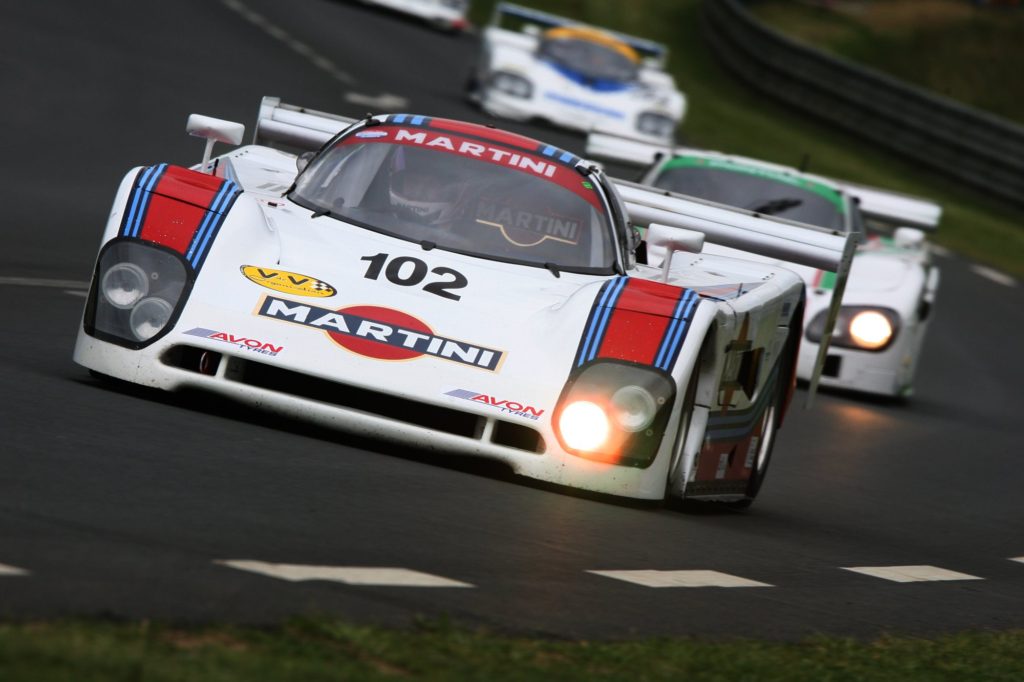
Classics. PIC: Andrew Hall
Just as we arrived in the bus park and headed to the rather impressive facility that would be home for the next 30 plus hours, a full field of Group C cars got our attention. Silk Cut Jags, Porsche 962’s and a host of C2 cars. Absolutely brilliant, and boy do they race them!
Lunch was up and a visit from eventual race winner Alan McNish, Johnny Mowlem and our MC Tim Harvey was a good warm-up. The wristband we were issued signified we were the fully paid-up Corporate Members of the Le Mans Club which I soon discovered had a major benefit at the bar for the next day and a half. As others forked out huge amounts of Euro with every round, I just showed them my wrist.
But, enough of that. The race. 2008 was a battle between the LMP1 entries of the Audi R10 TDI and the Peugeot 908 HDi FAP. Three of the main contenders. Bolstering the LMP1 class were sixteen normally aspirated V8’s from the likes of Lola, Courage and Pescarolo, and a further ten LMP 2 cars. In this era, a huge number of the 55 entries were indeed prototypes across the two classes.
Of note were two entries rejected by the ACO from Team Penske who had submitted their ALMS winning Porsche RS Spyder Evo’s. The French have very strict criteria to knock back The Captain.
The GT1 and GT2 classes as they were known then were dominated by the ubiquitous yellow Chevy Corvettes, Ferrari, Porsche, and Aston Martin. Little has changed in thirteen years!
At 3.00pm after a long build-up of pageantry on the grid, the field of 55 cars rolled around in front of 258,000 spectators. Catching up with Richard and Fiona, we gained access to the pits and grid to wish Alex Davison all the best and soak in the amazing atmosphere as the cars sat at 45 degrees to the Pit Straight with their crews and drivers. The crowd is immense but more of that later.
The three Peugeot 908 HDi FAPs led the field into the first chicane, but Allan McNish overtook the #7 Peugeot of Nicolas Minassian at the exit of the Dunlop Chicane. Minassian retook the position on the Mulsanne Straight, and the Peugeots maintained the top three positions at the end of the first lap. The Peugeots were running consistently 3 seconds a lap faster than McNish, and over 5 seconds faster than the other two Audis.
Vantage points around the 14km track are superb, but not all that easy to get to. From our hospitality tent located at the run into the final chicane and neighbouring the iconic Ferris wheel, a tunnel takes you under the track and then you can wander to Tetre Rouge and the areas around the famous Dunlop Bridge. Around dusk, a group of us decided to head to Arnage, but this required a shuttle bus from our area to Arange and a pickup every hour. Watching the cars fire down through Indianapolis and into the slow Arnage Corner is amazing and the speed of the ‘oh–so–quiet’ Diesel Turbo V12’s as they lap GT cars is jaw-dropping. Confidence in your actions at Le Mans is needed in spades. Fighting through some very pissed Fenech spectators who decided to make our shuttle bus their own was an interesting end to Arnage, but the aforementioned wrist band got us moving once again back to base to check standings and grab some more refreshments.
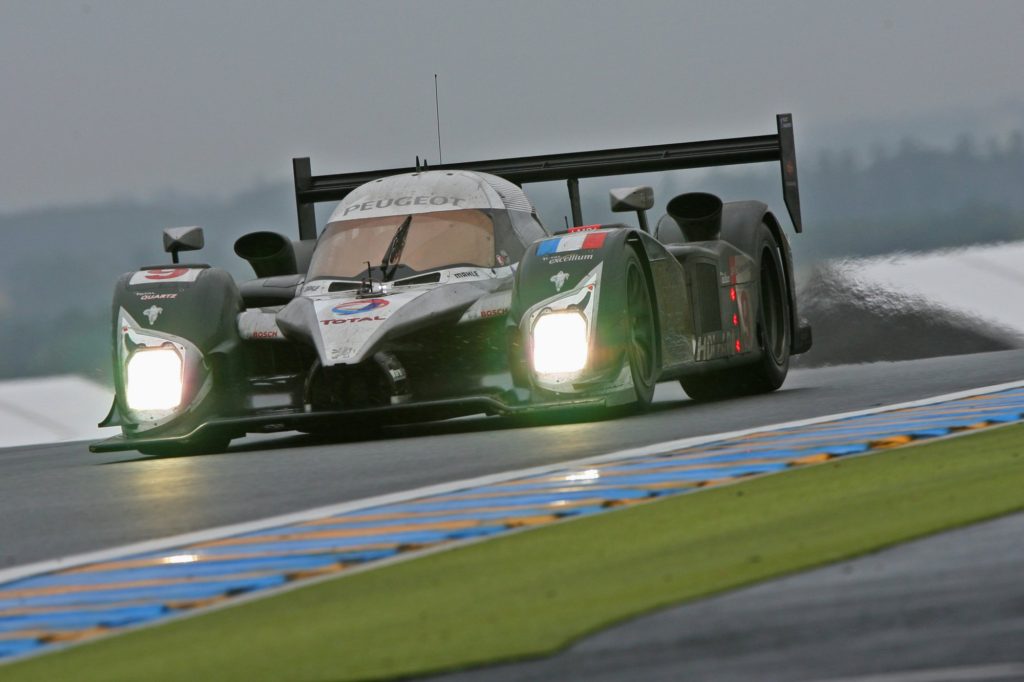
Hey… it rains at Bathurst, too! PIC: Andrew Hall
On track, as so often occurs at Le Mans, the weather played a deft hand in the way the race unfolded. At the 12-hour mark, Peugeot still led. Around this time Richard and I decided to head off on foot to the Porsche Curves. We had picked up an enthusiastic American as we wandered up to the famous stretch of track. What strikes you is the vastness of the whole precinct and in turn how each nationality had become ‘owners’ of various areas. At the Porsche Curves, it was the Dutch. Hundreds of spectators with Dutch flags, campfires and the smell of sausages mixed with plenty of Heineken ensured you knew where you were. The English and French also have their own ‘enclaves’ at La Sarthe.
As we were watching in awe the mix of LMP1/2 cars and the slower GT cars through the Porsche Curve section when the rain started. One of the things lensman Andrew Hall had said is make sure you do have your camera out for the sunrise. Well, if grey, rain and low cloud is anyone’s idea of a brilliant sunrise at Le Mans, it was not mine.
So, the second half of the race was effectively run under wet conditions. Lap times of the whole field went above the 4:00min mark, with GT1 cars actually as fast as the leading LMPI Diesel Turbos. The Audis coped with the rain much better than the Peugeots. Le Mans legend Thomas Kristensen (#2 Audi) was able to reel in Nicholas Minassian (#7 Peugeot) at around 8 seconds per lap.
In a desperate attempt to adapt the Peugeots to the wet conditions all 3 cars were fitted with high-downforce nose and tail sections. At 5am the #2 Audi grabbed the lead and McNish was able to build the advantage to a full lap. Early morning the rain did stop, and the #7 Peugeot started to reel in the #2 Audi.
With less than 2 hours to go the rain returned. Minassian decided to stick with slicks and as a result, spun in front of the Lizard Porsche just before the Dunlop Esses. In the end, Audi with McNish, Kristensen and Capello won the Le Mans 24 once again, with the second-place #7 Peugeot being on the same lap, but not in reach for overtaking. The six factory-entered diesels dominated the LMP1 class, having no major problems.
And so ended a gripping battle with both the leaders on the same lap, and only 4 minutes 31 seconds apart. One of the most gripping races in the modern era as the two main protagonists were never more than a lap apart for nearly the whole 24 hours.
It is easy to see how this eurocentric event attracts nearly a quarter of a million people. It is, without doubt, one of the key corners of the Triple Crown. So, it was back to the bus and a fun dinner at the hotel, all telling tales of our adventures. The bus trip to London the next day seemed like an eternity!
Le Mans was everything I expected and more. But the weather!
Now, when are we going to Indy?



